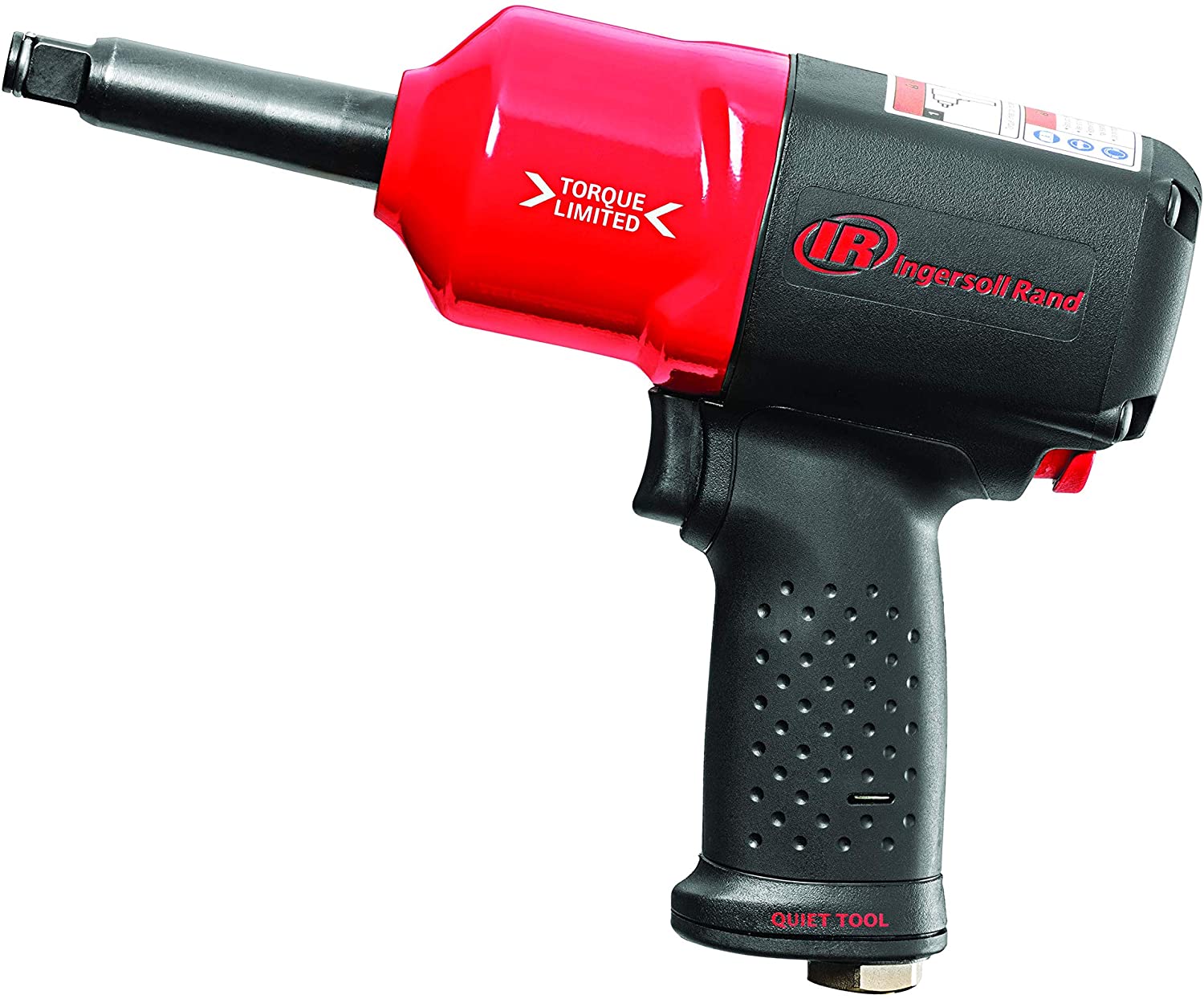Torque wrenches are commonplace across a variety of industrial settings and even in homes. Considering their widespread use, however, there are several things that people get wrong or simply do not know.
Here at Pylon Electronics, we are experts at precision and calibration. Because torque wrenches are so prevalent, we wanted to highlight ten things to get the most out of your wrench.
1) Torque Wrench Storage:
It is always good practice to wind your torque wrench back when not in use. This becomes increasingly important when storing it for an extended period. Users should always wind it down to the minimum scale setting and never to zero.
A fully loaded torque wrench, left in storage for a long period, can cause a set in the spring, causing it to weaken over time. On the other end of the scale, by completely off-loading the spring, other components within the wrench may shift. And When you reapply spring compression the orientation of these components can change, therefore affecting accuracy. All in all, it is better to leave a bit of compression in the spring while in storage.
2) One-Click Rule:
Users often allow torque wrenches to click multiple times, without being aware of the added torque being applied to the bolts. Operate your wrench in a smooth and steady manner and remember that one click is typically enough.
3) Anticlockwise Thread:
Many torque wrenches will only show in the clockwise direction. Therefore, it is necessary for users to always check the wrench’s specification before using it on an anti-clockwise thread to ensure the tool is suitable and prevent a loss of torque control. Examples of left-hand threads include the left-hand wheel nuts of certain vehicles and the left pedal of bicycles.
4) Torque Units Conversion:
Converting torque units can be tricky but is extremely important to ensure that you’re getting the correct specifications for your job. There are plenty of online torque converters to help you get the correct value. Here’s an example: Online Torque Converter Tool.
5) Torque Wrench Adjustments:
Equipment manufacturers will always supply the required torque for any given piece of equipment and so when adjusting your wrench, it is important to ensure that these levels are met. Remember to always adjust the wrench up the scale to the required torque figure to ensure the correct setting.
6) Importance of Marked Loading Points:
Most torque wrenches are length-dependent and feature a marked loading point on the handle but, many people don’t use it. For accurate results, most torque wrenches have to be operated with your hand centred over the marked load point. It is also essential that this load point is observed when it comes to calibrating it.
7) Removal Tips:
So long as users operate with caution and do not exceed the maximum torque, most torque wrenches can be used for removal. However, if the bolt will not free within the maximum torque of the wrench, another tool should be used instead. By exceeding the maximum torque limit during a bolt loosening you can affect the wrench accuracy, causing problems for future use. If in any doubt, use another tool for loosening bolts.
8) Torque Wrench Extensions:
Users should never put a pipe or any other kind of extension onto a torque wrench handle as doing so can seriously damage the tool and make it inaccurate, never mind the potential safety hazard.
9) Always Lock It In:
It can be all too easy to accidentally adjust the settings of a wrench during use. If your torque wrench is fitted with an adjustment lock, you should always apply it before operating the wrench in order to avoid any unintended changes.
10) Crowfoot Fittings:
A crowfoot type fitting can be applied to a torque wrench square drive, but they will alter the torque. It is therefore important that a suitable offset is applied to the set torque. For guidance with setting offsets, there are a variety of online calculators to determine the correct torque. Here is an example: Torque Conversion Calculator.
Keeping this advice in mind, users will get more out of their tool. Your wrench use will be more accurate, and your wrench will last longer as well. The tips are simple, but the implementation of these basic rules can often be forgotten and that’s when mistakes can happen.
At Pylon, accuracy is our business. We are the largest independent and Canadian-owned service provider of test equipment calibration and repair services in Canada. We provide quality calibration, maintenance and repair of test equipment, and instrumentation services to Clients with certification traceable to the SI through national labs such as the National Research Council of Canada (N.R.C.), The National Institute of Standards & Technology (N.I.S.T.) and/or other acceptable national labs in compliance with ISO / IEC 17025:2005.





